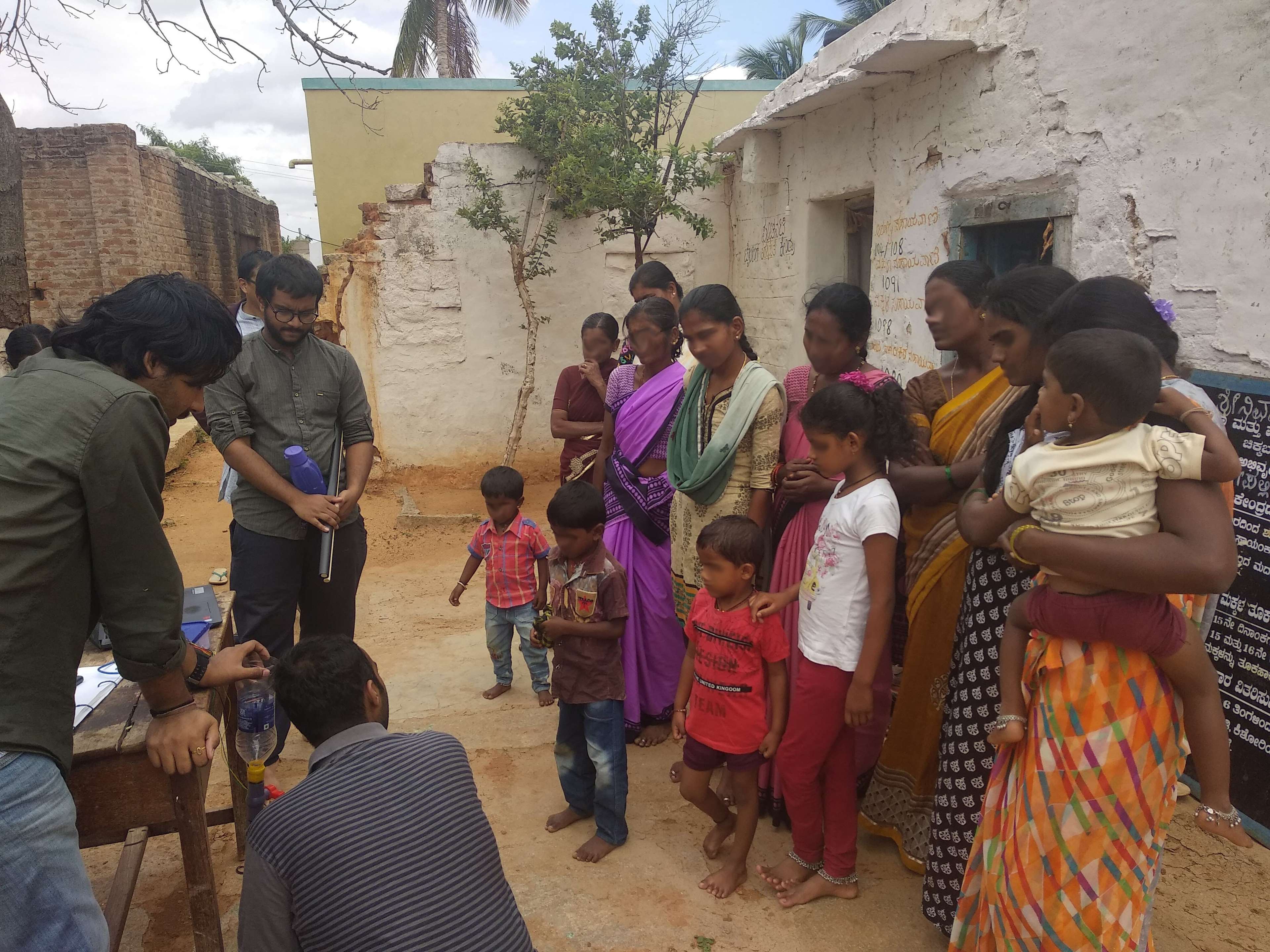Making The Invisible Visible Around An RO Plant

The team, with feedback from partners, decided to create a prototype that could highlight the potential adverse effects of extensive RO plant usage.
link here if the iframe is dead
Key Takeaways
- Chikkaballapur has approximately 400 RO plants, primarily used to combat water fluoridation and subsequent fluorosis.
- The RO process wastes a significant amount of water and increases the concentration of Total Dissolved Solids (TDS) in the reject water.
- This reject water often seeps into the ground or drains, potentially leading to increased salinity in the
- soil and the further depletion and fluoridation of groundwater reserves.
- The research team hypothesized that providing the community with data about the water flow and quality associated with the RO plants could expose these unseen issues.
Methodology
- The project aimed initially to investigate how reliance on RO plants could be reduced at a state level.
- The team, with feedback from partners, decided to create a prototype that could highlight the potential adverse effects of extensive RO plant usage.
- The prototype was designed to measure the volume and quality of water (using TDS as a quality proxy) flowing in and out of the RO plants.
- This data was presented to the community in a contextual visual language.
link here if the iframe is dead My contribution: #ArduinoProgramming, #Workshop, #ContentCreation, #Writing
